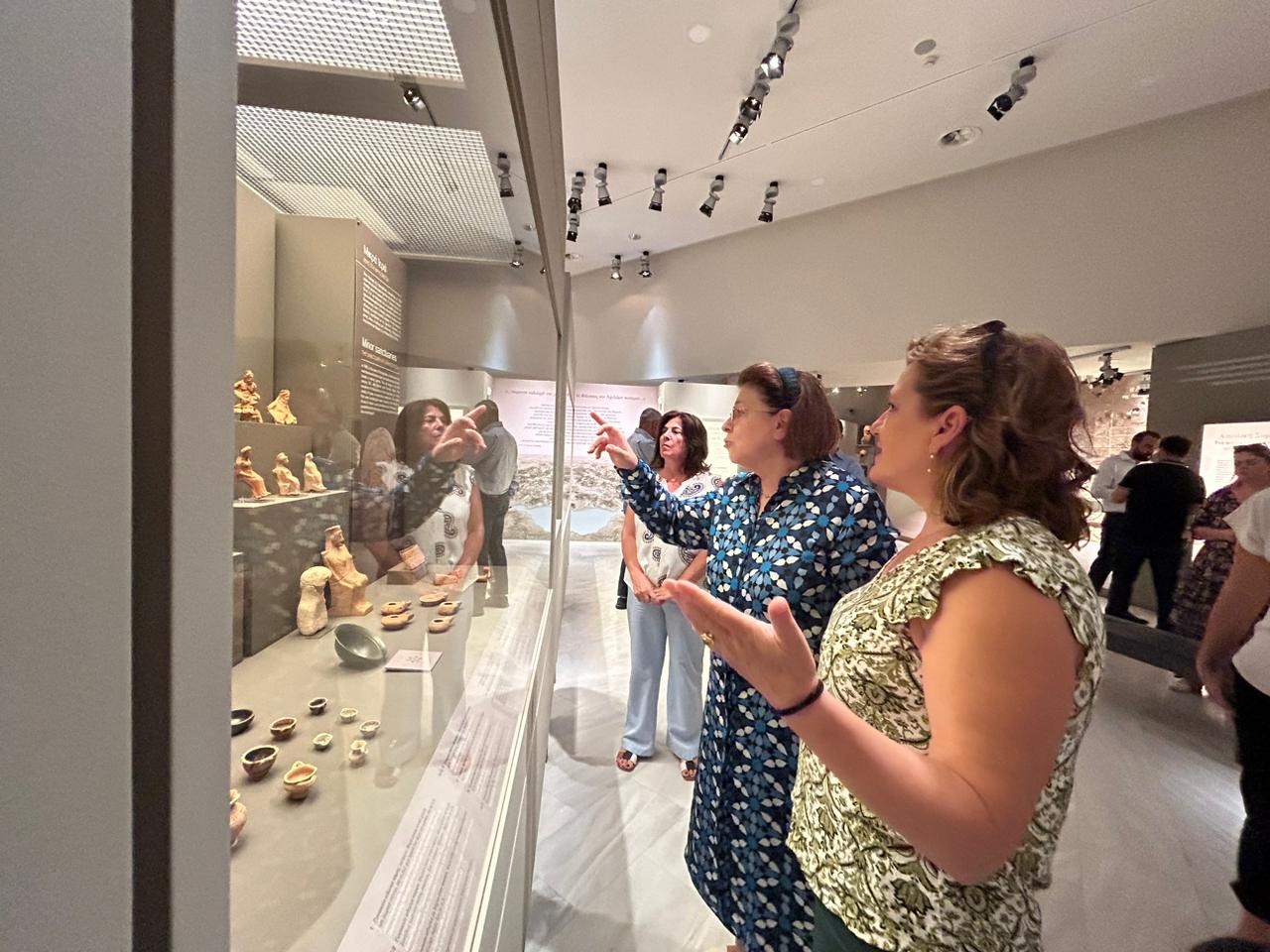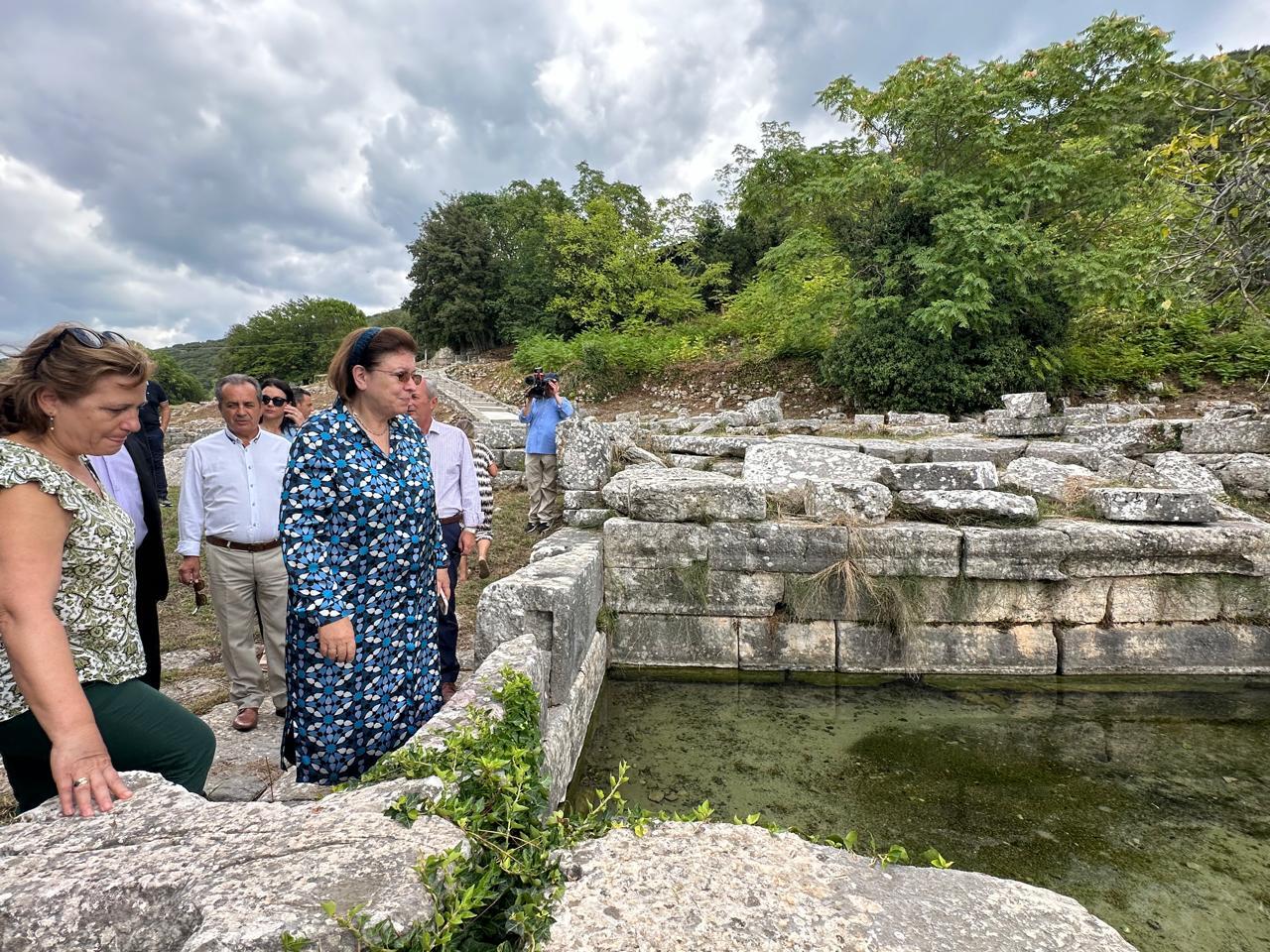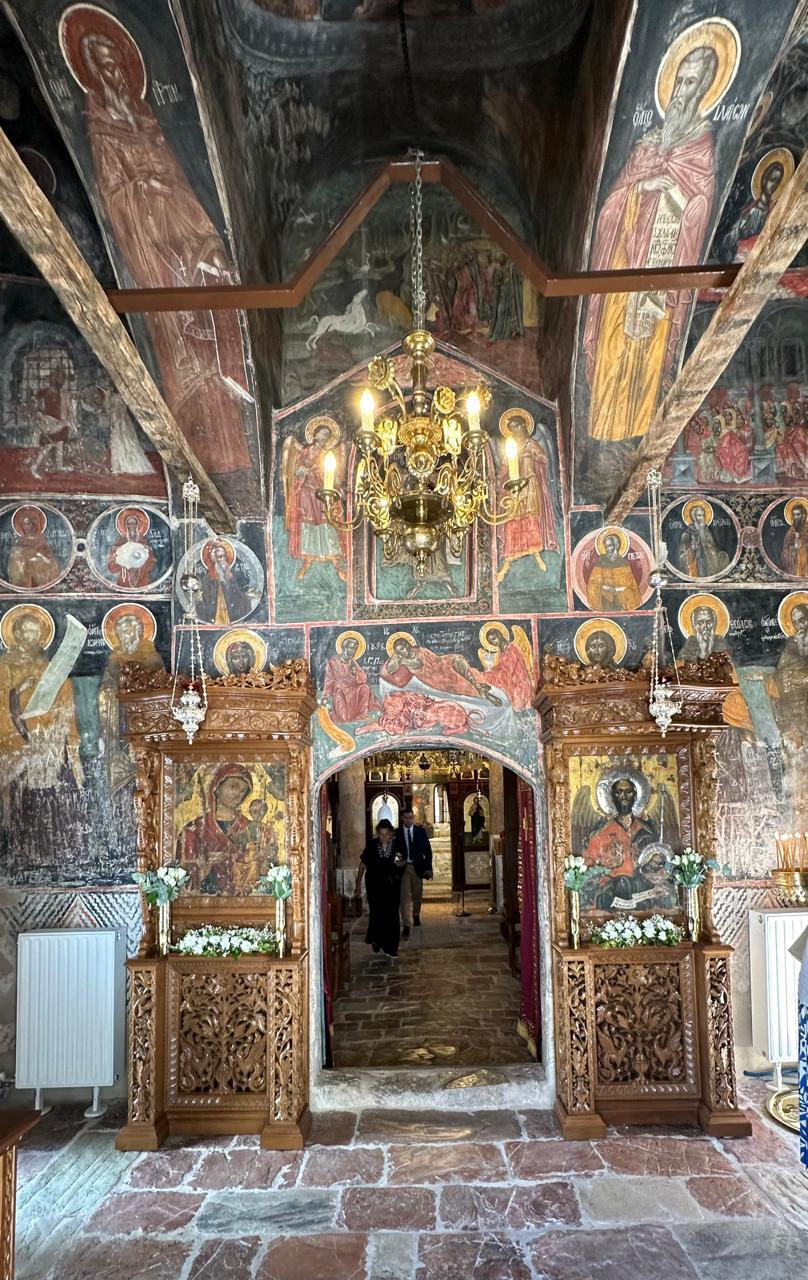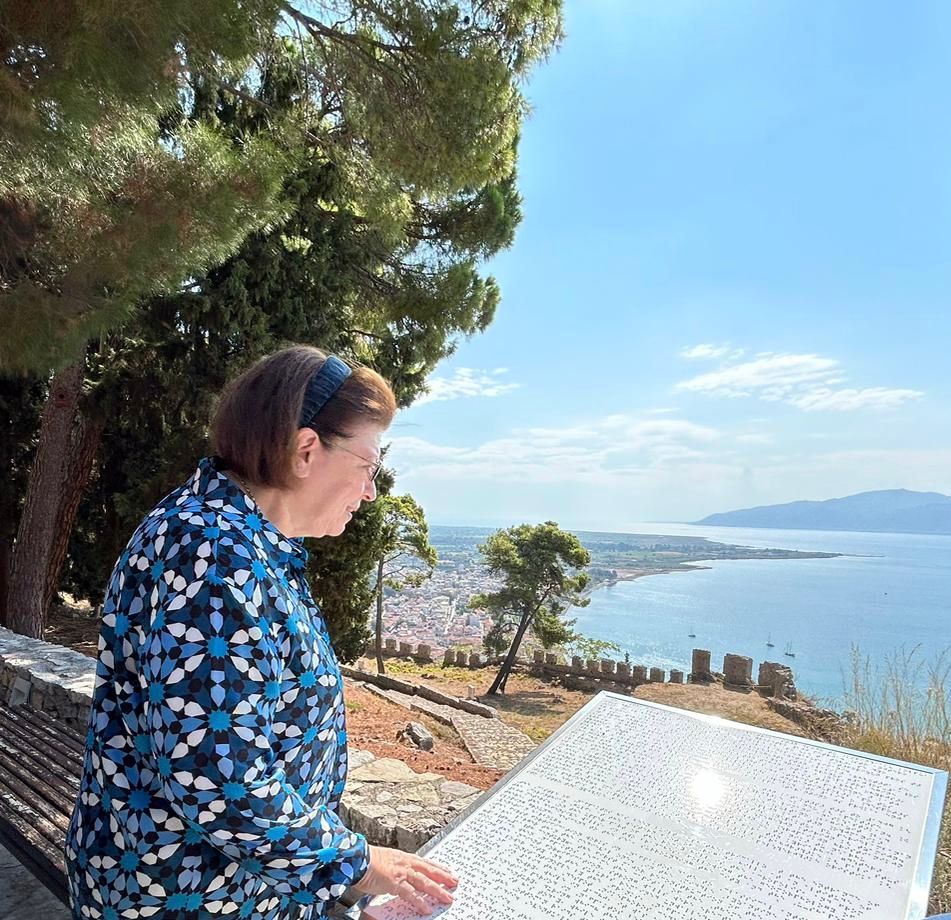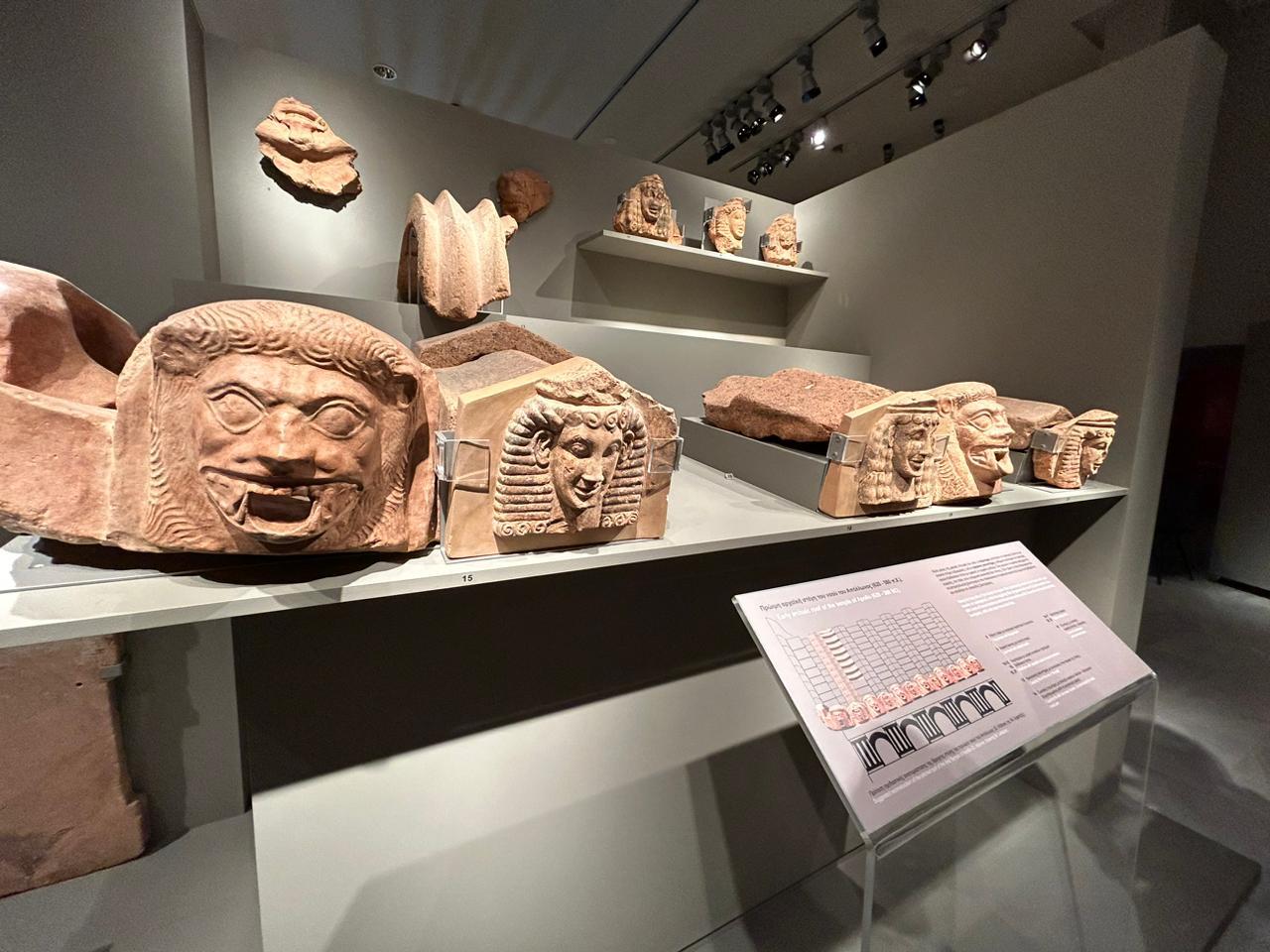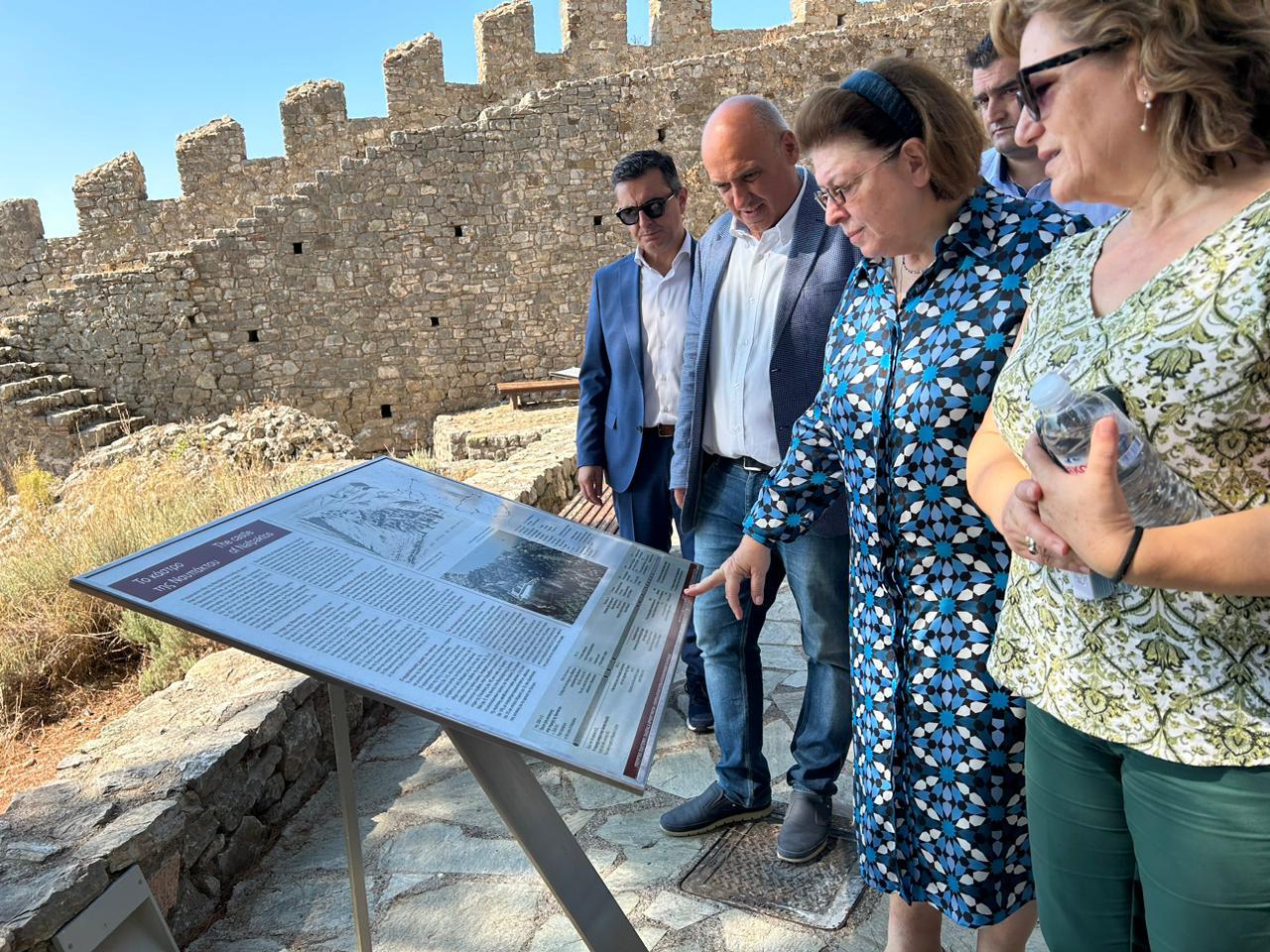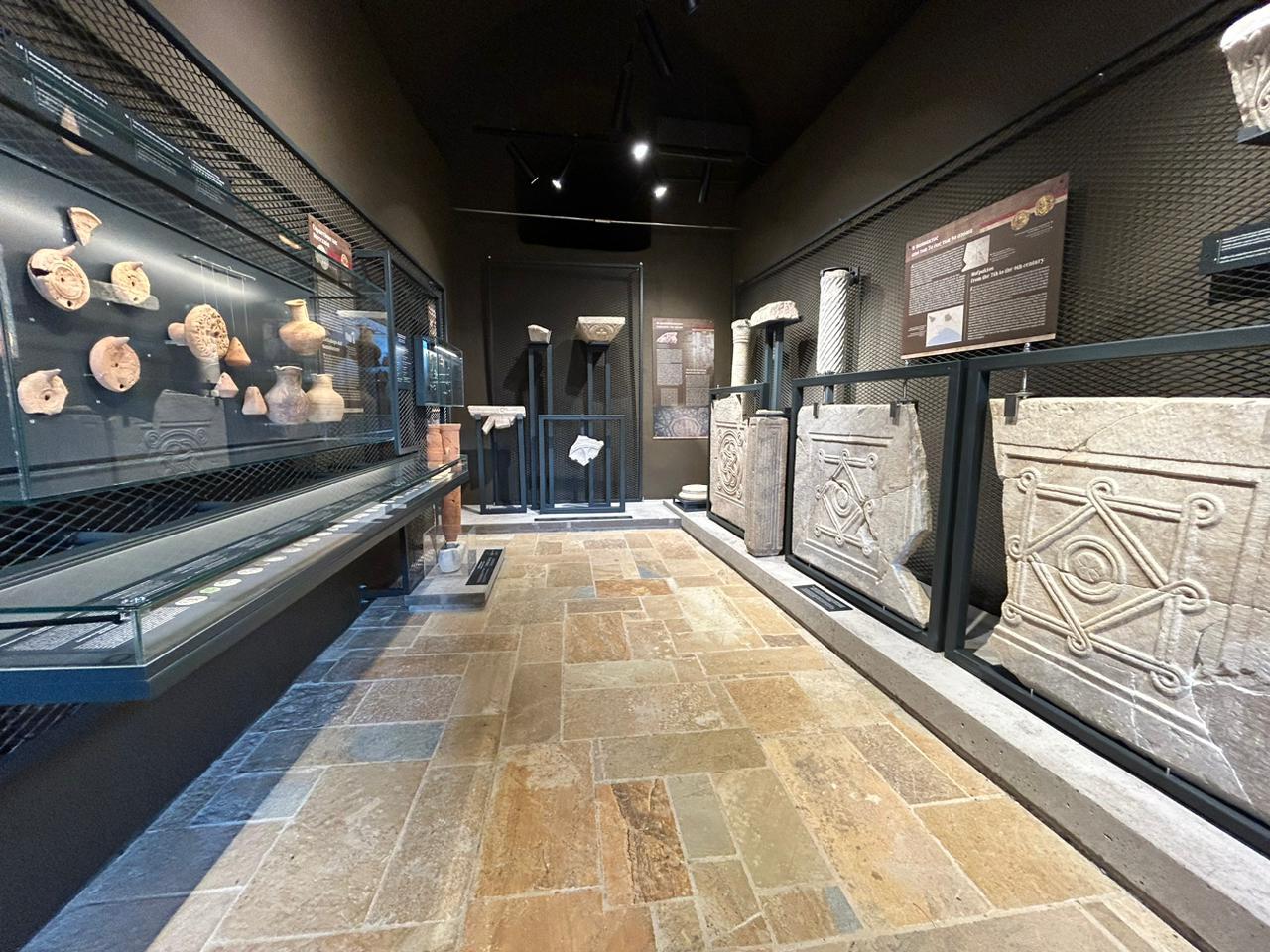Greek Culture Minister Lina Mendoni inaugurates Nafpaktos castle museum
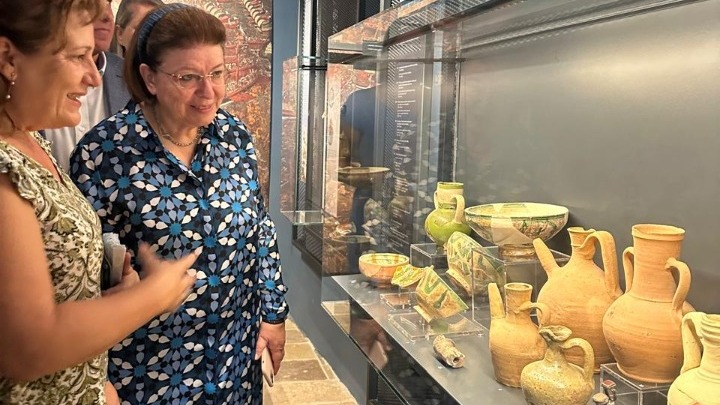
Culture Minister Lina Mendoni inaugurated the Nafpaktos Castle Museum on Saturday, 31 August 2024. According to a statement from the Ministry of Culture the interior spaces of Nafpaktos Castle have been renovated, with the installation of lighting, air conditioning and security systems.
As part of the restoration project, the eastern walls of the fortification were also restored, extensive clean-up efforts were carried out and the site was enhanced for public display. The Nafpaktos Museum features exhibits from the Byzantine and post-Byzantine periods, highlighting the history of Nafpaktos from the early Byzantine era through the 19th century.
The project was funded by the Public Investment Program of the Ministry of Culture with a budget of 350,000 euros. Minister Mendoni noted that the total budget for cultural projects currently being executed in Aetolia-Acarnania, in collaboration with the Region of Western Greece, exceeds 25 million euros.
Additionally, restoration work was carried out on eleven iconic fountains in the historic center of Nafpaktos. On Sunday, Mendoni visited Vombokou for the handover of the restored katholikon (main church) of the Monastery of St. John the Baptist which was founded in the 11th century. The restoration and conservation work on the katholikon, including the aesthetic restoration of its frescoes and the preservation of its interior decorations, was carried out by the Ministry of Culture with a budget of 812,700 euros, funded by the European Structural and Investment Funds.
Mendoni also conducted an inspection of the archaeological site of Thermos. According to the Ministry of Culture, she instructed the responsible Ephorate of Antiquities to draft plans for the site’s further development. Mendoni also visited the Archaeological Museum, which has been in operation since 2016. The museum’s exhibits include artifacts from prehistoric to Roman times, originating from ancient Thermos and other smaller sanctuaries and Aetolian cities in the surrounding area.
The museum is fully accessible to individuals with disabilities, offers informational material in Braille for visitors with visual impairments and features a multipurpose room with digital applications and educational programs.
Source: AMNA
